

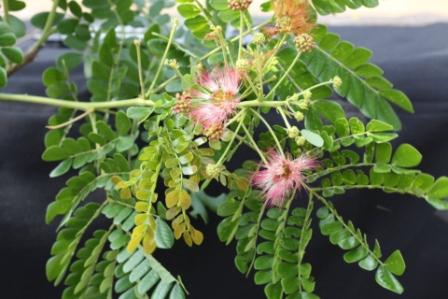
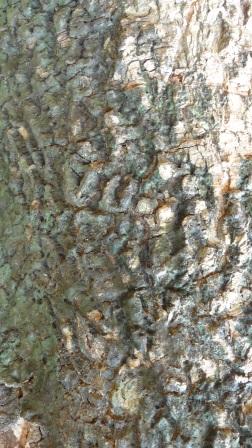
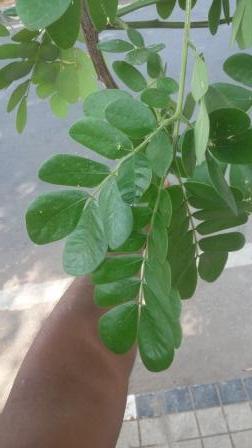
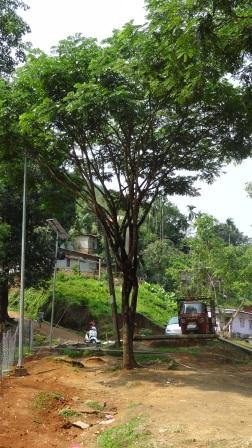
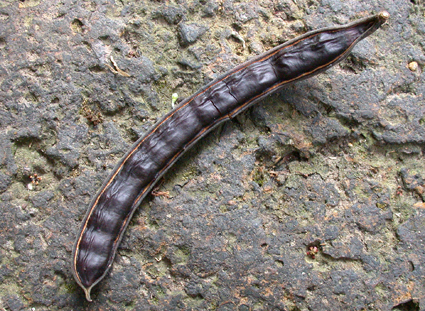
• It is a middle sized to large evergreen tree with wide spreading branches.• Bark is pale grey or brown in color.• Flowers are short rose colored.• Pods black brown contains 20-25 brown color seeds.
It was introduced to India and now widely planted for shades in plantation, avenue and also in pasture.
• Ripe pods are collected from the trees in March-April. • Dried in sun and seeds are collected and stored in gunny bag.• The seeds are 4400-7700 / kg. • The germinative capacity is about 50 - 70% • Plant percent is about 50 – 60 %. • The period of germination is from 33-48 days.
• 1 Nursery raised seedlings do not stand planting out owing to injury to root system.• Direct sowing is recommended.
• Plantation land should be ploughed thoroughly.• Seeds are son in patches at 2m intervals in rows and 3 m apart.
Pest & Disease: Many defoliators including the Leucena leucocephala psyllid, but usually do not severe stress problems.
Yields of up to 275 kilos of pods per year can be obtained from trees 15 years old
• The tree is a popular avenue tree• The wood is used for low class fuel.• The wood is durable under water, hence used for boar building.
Medicine : A decoction of the inner bark and fresh leaves is treatment for diarrhoea, while a brew of small sections of the bark is taken to treat stomach-ache. A crude aqueous or alcoholic extract of the leaves is observed to have an inhibiting effect on Mycobacterium tuberculosis. Gum or resin : The bark is an abundant source of gums and resins.